The once-vibrant Sydney suburb critics say is now ‘boring’ due to rich NIMBY boomers
A once-vibrant and youthful suburb is now boring and shut-off thanks to an influx of rich NIMBY boomers, a newspaper has claimed.

A newspaper article characterising an affluent inner-Sydney suburb as “boring” and controlled by NIMBY boomers has sparked fury online.
The Sydney Morning Herald ran an opinion piece by Michael Koziol, who said the former working-class suburb was getting older, richer and more opposed to change, putting it at odds with its CBD fringe responsibilities.
“I hate to say it, but Balmain isn’t great,” Koziol wrote. “It’s not fun, it’s not equitable, it’s hard to get to, it has no real nightlife, it’s boring. When was the last time you heard anyone suggest: ‘Let’s go out in Balmain?’”
Old and stuck in its ways
Between 2011 and 2022, Balmain’s population grew by a modest 671 people, but the median age nudged upwards during that time, from 38 to 42.
Additional data shows that the proportion of people aged 25 to 34 who call the suburb home has collapsed by half in two decades, sitting now at just 12 per cent.
And the proportion of three of the oldest cohorts – empty nesters and retirees, seniors, and the elderly – have all leapt in the past 10 years.
“Why is this a problem? Well, these inner areas are supposed to be the city’s vibrant, dynamic and exciting heart,” Koziol wrote.
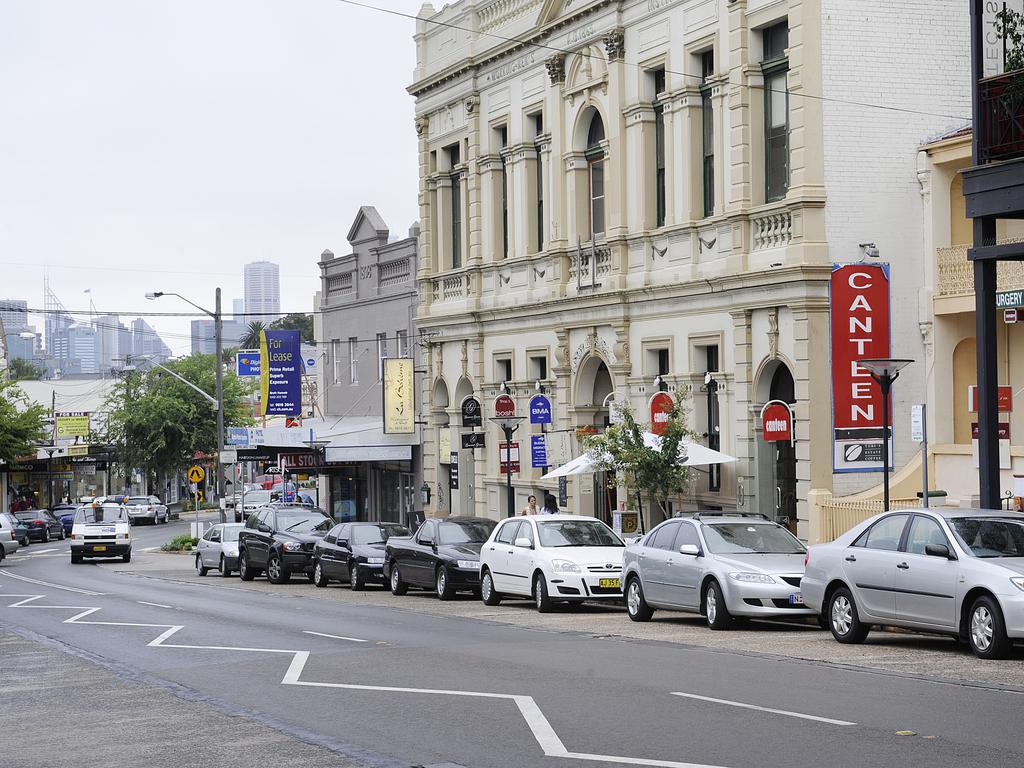
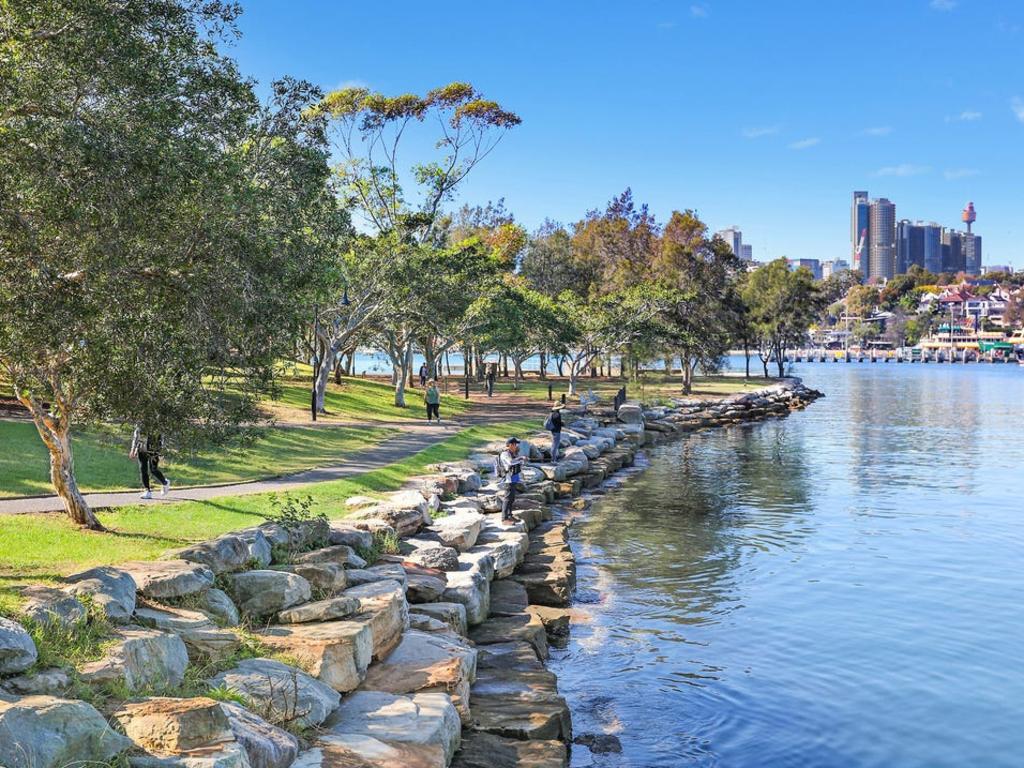
“In a successful city, it’s where young people live, learn and play, where artists and musicians and creative types meet and mingle, where they talk about politics and dating, drink, dance, and watch each other perform.
“You cannot have a thriving inner-city, with arts and culture and nightlife, if there is no ecosystem of younger people living there. Otherwise, it will just become a place of set menus, U2 cover bands and people reminiscing about backpacking in Europe after the fall of the Berlin Wall.”
A major driver of the dwindling pool of younger residents is Balmain’s eye-watering home prices, he said.
Those in the market to buy in Balmain can expect to pay a pretty penny, with a median house price of $2.46 million and a median unit price of $1.35 million.
For example, a classic four-bedroom terrace at 6 Harris Street, with a dated kitchen and no parking, fetched $2.52 million at auction in December. Meanwhile, a two-bedroom ground floor unit at 6 Rosebery Place sold for $1.25 million in November.
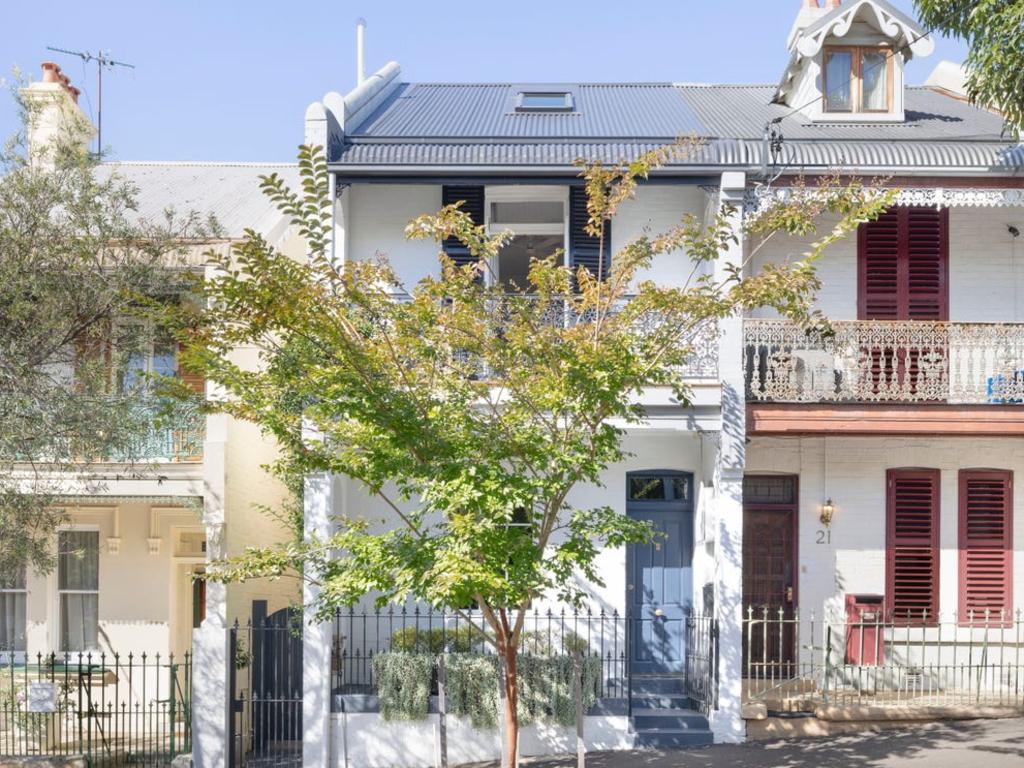
Renting also required deep pockets, with a three-bedroom house at 42 Roseberry Street currently up for grabs for $1600 per week, while a two-bed unit at 194 Darling Street is asking $650 per week.
Koziol claimed prices are being kept high in part by a persistent lack of new supply, which he blamed on Balmain’s community of NIMBYs.
Up-hill battle for developers
Those who attempt to get new housing projects out of the ground in Balmain usually face a frosty reception from locals, Justin Simon, chair of Sydney YIMBY, said.
The YIMBY movement describes those pushing back against entrenched NIMBY attitudes by saying yes to density and development in their backyards, in a bid to address the housing crisis.
“The only people now permitted in Balmain are those who’ve already made it,” Mr Simon said. “This is happening because the ‘haves’ use their influence to block housing.”
Take a planned project at 180 Darling Street, the site of an ageing and unremarkable warehouse property on 588sqm of land, which was to make way for a three-storey building comprising six apartments, three of which would be affordable housing.
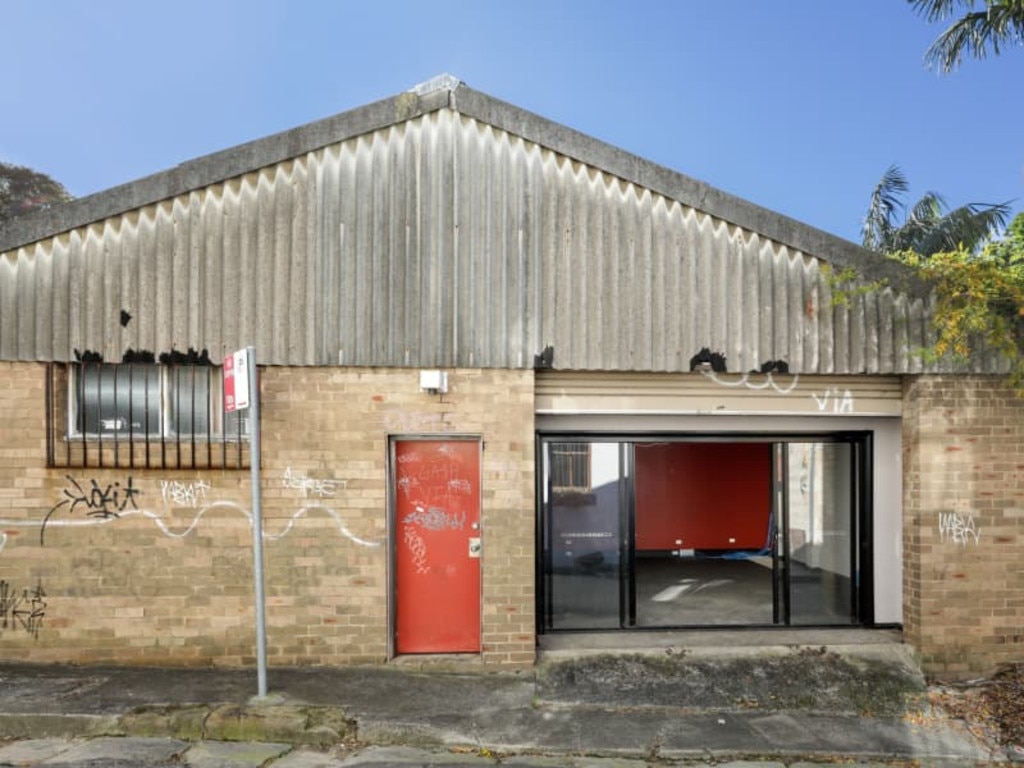
In response to the application to council, locals complained the proposed building would be “too high” and encroached on “Balmain’s spirit and ambience”.
One wrote: “Too bulky. It will impact greatly on the back yard of residents living east and west of the site. There will be shading and lack of privacy issues causing resentment in the community for years to come.”
Another said: “Oversized and out of proportion compared to the rest of the legacy properties. (It) impacts the views from my property.”
One angry resident declared the development “an insult to current residents”.
And one took aim the affordable component of the project and the type of people it might attract, saying: “There’s not even enough money for the State Government to police the streets let alone the affordable rental market.”

The application was rejected in 2021 and the site’s future is unclear. Among those who fought the development was state MP Kobi Shetty, a member of the Greens.
Ms Sheety told news.com.au that she disputed the label of “boring” for her neighbourhood but conceded housing affordability is a major issue in Balmain.
“There is a diverse community living here, and I’m grateful that we still have public housing on the peninsula, as well as students, young families, and older residents who have lived here for decades,” she said.
“It’s clear that the cost of housing is so high it’s locking some people out, and if we want to make space for young people and key workers the NSW government needs to build affordable houses, not just rezone everything.”
Those who fight development in Balmain often cite the area’s swathes of heritage properties, significant history, and its distinct “village” vibe.
In his piece, Koziol called for “some basic recognition that preserving such places for the wealthy has real-life consequences for our city”.
“And the much-vaunted ‘village vibe’ of these inner-city suburbs is the antithesis of what city living is really all about. Villages belong in the countryside; if that’s what you’re after, go there.”
Furious reader backlash
Perhaps unsurprisingly, Koziol’s piece prompted a flood of angry comments on the SMH’s website and lit up Balmain community groups on social media.
One local took aim at the “cohort of YIMBYs” from outside the suburb who have “no regard for community or heritage or the realities of social change”.
“Newtown and Surry Hills are the current inner city youthful suburbs. Balmain is now family. That’s the reality.”
Another believed the anger was coming largely from the “have-it-all generations coming through and thinking their entitlement mentality will allow them to change how the Peninsula we all love should be”.
He slammed the young critics of Balmain for “their take (on) socialism and mass housing for all comers”.
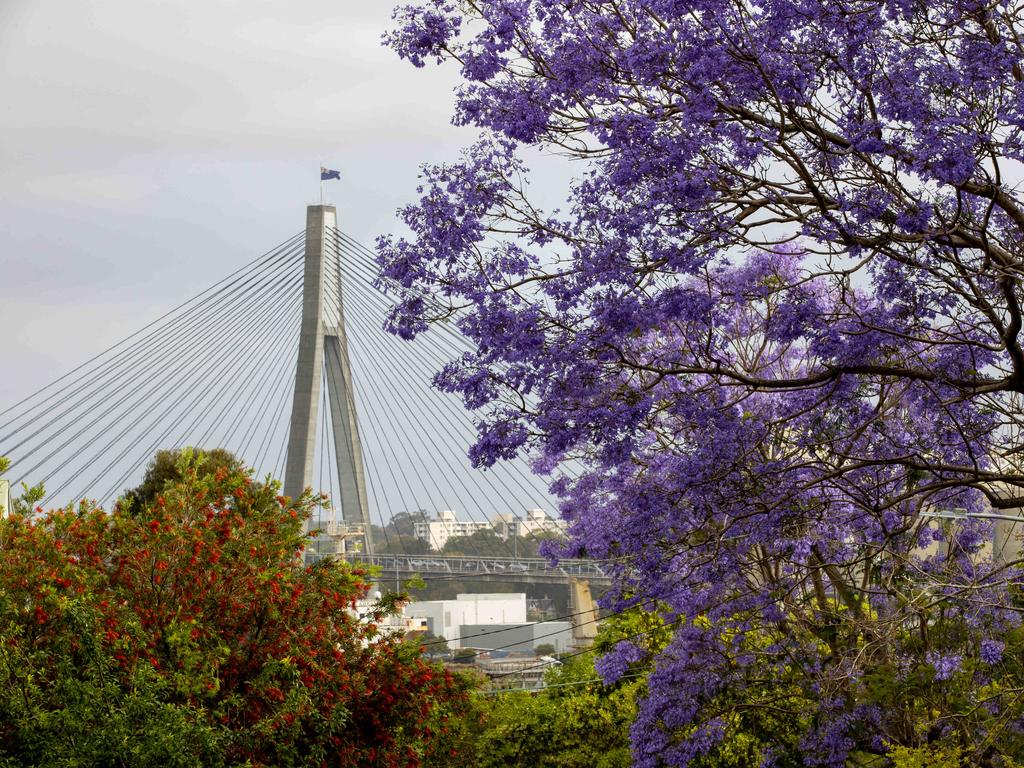
There was some support for Koziol’s perspective, with one commenter cheekily asking: “Are there enough nursing homes in Balmain to cope with the rapidly ageing population?”
Another said Balmain was “just another suburb being culturally hollowed out due to the cost of housing”.
“With zero solutions on the horizon the place will eventually be a retirement village,” he said.
Even one of Koziol’s stablemate, 2GB Drive show host Chis O’Keefe, took exception to the op-ed, penning his own the next day in response.
“Don’t get me wrong, Balmain is not for everyone,” O’Keefe, who lives in the area, wrote in his rebuttal.
“The homes are small, they don’t suit even medium-sized families, let alone big ones. It’s a suburb for a pram and a dog, but like any great city, there are horses for courses.”
Balmain’s plethora of fantastic watering holes – the suburb has the most pubs per capita in the country – was a sign that it’s anything but boring, O’Keefe said.
And on homes in the area being expensive, he said: “Sydney is a global city. Please show me a suburb or locale a handful of kilometres from the CBD of New York, London or Paris that has cheap real estate?”
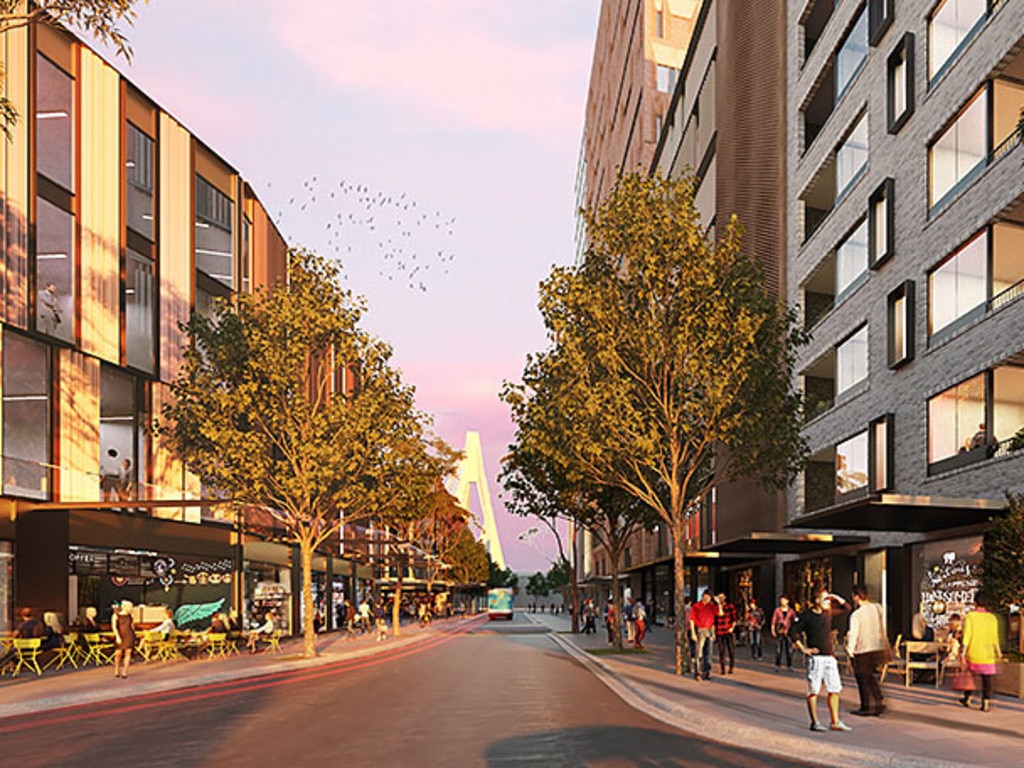
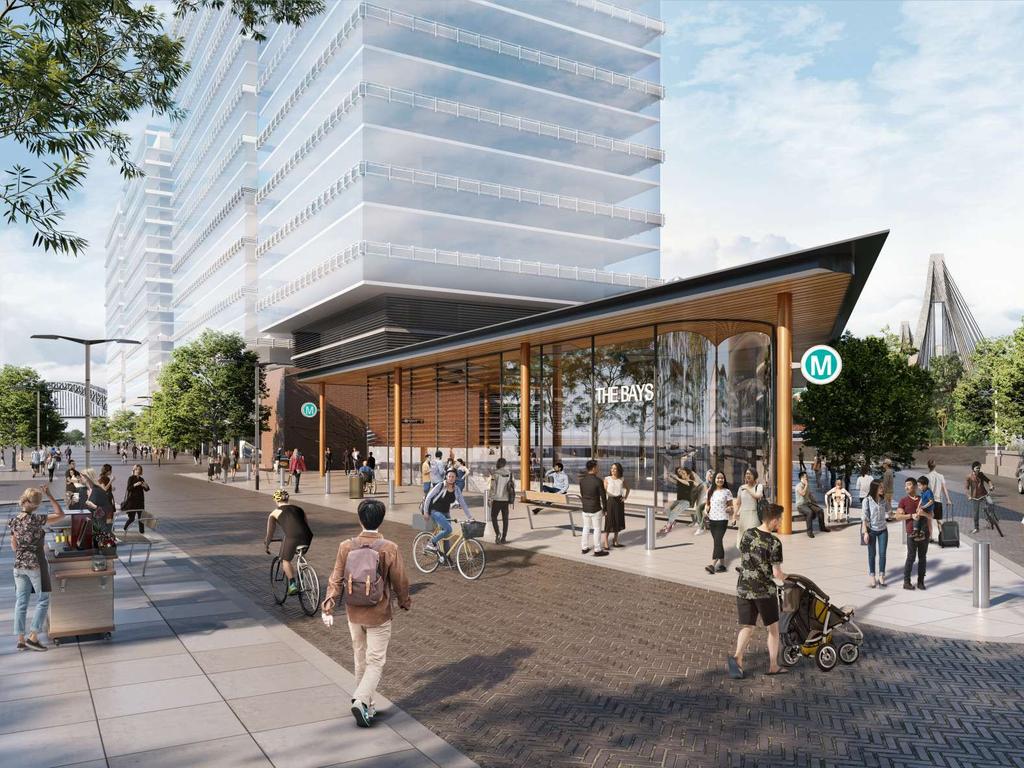
O’Keefe insisted he’s “not a NIMBY” and is “enthusiastically supportive of more density”.
“Development applications being opposed due to traffic issues, potential flooding, or local character concerns are all just Trojan horses for small-minded residents and lazy council officers.
“It will continue to change, as it should, but boring and in need of saving from itself this suburb is not.”
Commenting on his piece, Ms Shetty said: “It’s not often that Chris O’Keefe and I are on the same page, but I have to agree that Balmain is far from boring.”
Change is coming
Opponents of development in Balmain have expressed some concerns about major zoning reforms that would impact parts of the suburb.
In December, the New South Wales Government announced plans to automatically rezone areas surrounding new Metro stations, allowing for denser housing within a 1.2km radius.
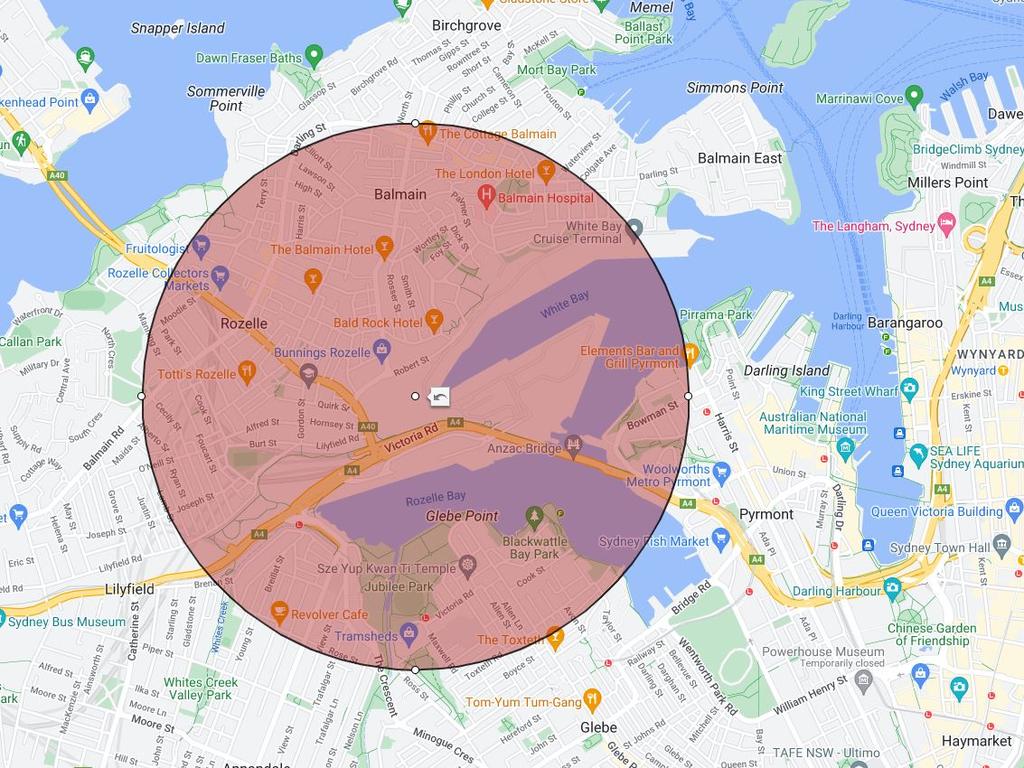
One of the stops affected is The Bays, an urban renewal precinct between Glebe Island and White Bay, on the fringe of Balmain.
The 1.2km radius takes in a large chunk of the suburb, meaning denser development would be easier to achieve.
“The Bays represents an opportunity to inject fresh energy to the area,” Mr Simon said.
“But it needs to be extremely dense to do so. If we see taller buildings in Rosehill than Balmain, we’ll know that’s down to NIMBY opposition.”
Ms Shetty said talking just about density “as if it’s a silver bullet to solve the housing crisis” is a “total furphy”.
“Take Bays West as an example. This is government-owned land. Where is the public housing?
“Why is a big chunk of this land not being used to build housing for key workers like teachers and nurses, or being used to build actual affordable rental housing that is pegged to a person’s income and kept affordable, not just for 15 years, but in perpetuity?
“Simply building new privately owned homes won’t fix the housing crisis. Building more properties in a fundamentally unaffordable market won’t fix the housing crisis.
“Commercial developers want to return a profit, and that profit is dependent on maintaining a high sales price for the properties they build. Without government investment in public and affordable housing, talking about density as if it is a silver bullet to solve the housing crisis is a total furphy.
“We want more young people to be able to live in Balmain, so the government needs to build housing they can afford to buy and rent.”




